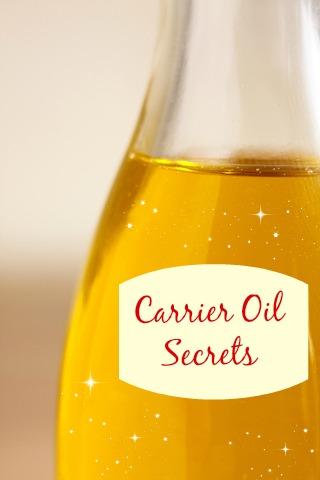When you look up different essential oils to help with things like headaches and body pain, you probably see that if you are using the oils to be applied directly on your skin, you need to mix it with a carrier oil. But what is that exactly? Here is information on carrier oil properties and why they are important to use with essential oils.
What is the purpose of carrier oils?

Even if you don't have sensitive skin, you could have a bad reaction. Not only that, you need to neutralize the strong scent as well so it doesn't become overpowering. Diluting with carrier oils helps with both of these problems. Plus, the oils provides lubrication and moisture for your skin, so they help in that way as well.
Carrier Oil Properties
Many vegetable oils can be used as carrier oils. They are called carrier oils because they 'carry the essential oil' to the skin. Each carrier oil has unique properties that make it suitable for various formulas. For instance, hazelnut oil has astringent properties making it ideal for essential oil formulas that reduce swelling. The choice of carrier oil can enhance the therapeutic properties of essential oils. If you plan on DIYing essential oil formulas, it's a good idea to read up on the various carrier oil properties before starting.
What are some examples of carrier oils?
Not all oils can be used as carrier oils, but many of them are great to use. Some that are commonly used include coconut oil, olive oil, grape seed oil, and hazelnut oil, hemp seed oil, and sunflower oil. Typically any oils from nuts or seeds are going to be acceptable. You should not use other forms of oil or grease in your kitchen, such as vegetable shortening, butter, or margarine. You also do not want to use any type of mineral oil for application on the skin with essential oils.
Why do carrier oils help with dilution?
In many cases, essential oils are diluted with water, such as if you add them to a diffuser that uses steam to diffuse the oil into the air, or you add them to your bath for aromatherapy. However, when they go on your skin, dilution with water doesn't work well. Essential oils evaporate into your skin very quickly, going deep into the layers of skin where it causes irritation. The same problems happen with plain water. Mixing an essential oil with a carrier oil is an ideal way to experience the benefits of aromatherapy. You'll experience the therapeutic properties of both types of oil without irritating your skin.

